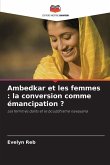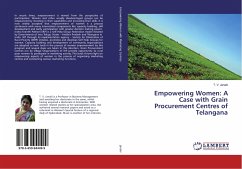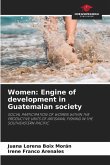On 14 October 1956, more than 300,000 "untouchables" in Nagpur converted to Buddhism under the guidance of Bhim Rao Ambedkar in one of the largest mass conversions in history. Did women's issues play a role in Ambedkar's choice of religion? Did he have the emancipation of women as well as that of male Dalits in mind when he reconstructed Buddhism? An analysis of his writings 'The Rise and Fall of the Hindu Woman' and 'The Buddha and his Dhamma' shows how the great advocate of the oppressed viewed women. That is one perspective of this work. The other is that of the women themselves. To what extent were they able to stand up for their own interests? Did they develop their own points of view, or did they simply follow Ambedkar's leadership with trust? The speeches given by women at the Mahar Conference in 1936 provide clues to answering these questions. Using a number of case studies, the third part of the work draws a line to the present: what is the life of a Buddhist Dalit like today? What effect can Buddhism have on the lives of these women - did conversion have the hoped-for emancipatory effect?
Bitte wählen Sie Ihr Anliegen aus.
Rechnungen
Retourenschein anfordern
Bestellstatus
Storno








